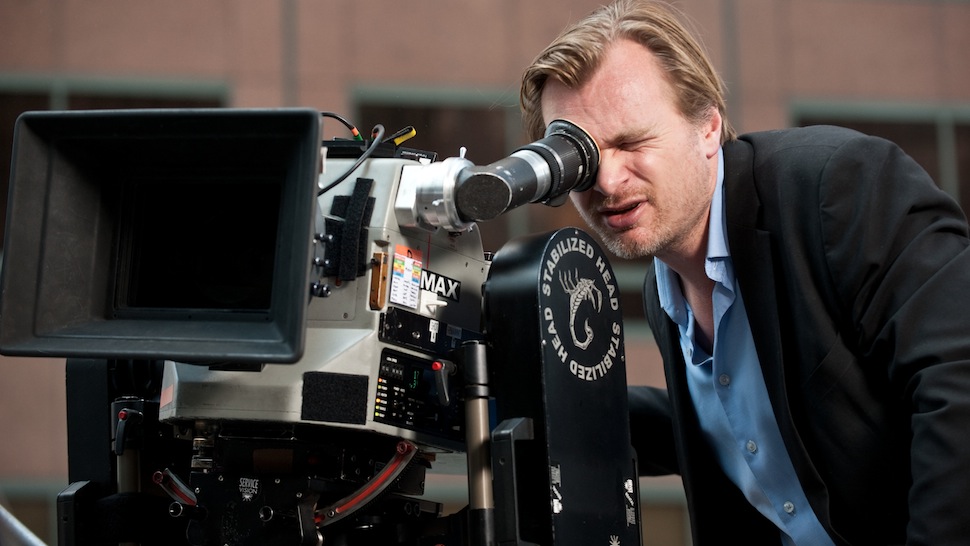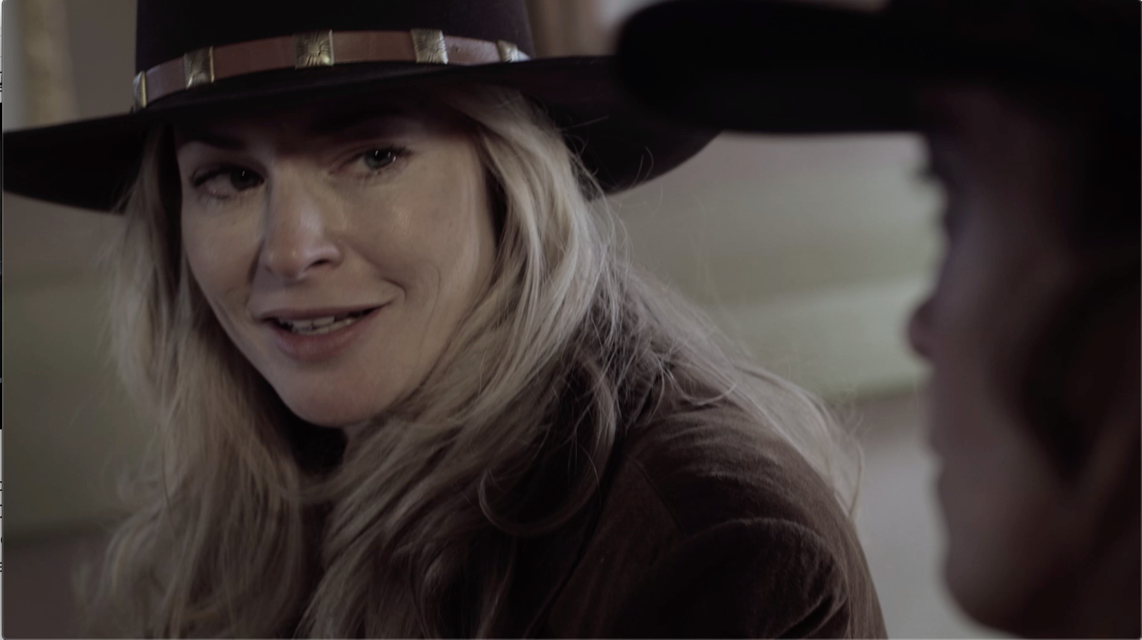 Adobe Community
Adobe Community
- Home
- After Effects
- Discussions
- Fincher Stabilization- Smooth Camera Movements
- Fincher Stabilization- Smooth Camera Movements
Fincher Stabilization- Smooth Camera Movements
Copy link to clipboard
Copied
Rick Gerard Hi SIr. I am a film maker. I would like to know how Fincher's editors are able to achieve the kind of stabilization and smooth camera movements. Are they doing it in the After effects? I know that they are shooting on 6K, so there is an extra place to crop. But my doubt is, Is Fincher tracking the people while they are doing gestures? Or is he shooting it on Tripod and doing everything (i.e tracking the movements or gestures in the post). I would like to know how it is done. It will be really helpful to me. And I would be grateful to you.
Thank You
Copy link to clipboard
Copied
Please post a link to the footage you are talking about.
Copy link to clipboard
Copied
Copy link to clipboard
Copied
There is very little if any post-production correction that I see in any of the shot examples in that video. The author of the video makes some enthusiasts assumptions about the production. Most of those shots involve cameras on dolly tracks on dollies with geared heads, somebody pulling focus, somebody pointing the camera, somebody running the boom or pedestal, and a lot of rehearsal. You don't get that kind of accurate movement without careful planning and a skilled crew.
For the low budget filmmaker, you can get close if you put the camera on some kind of stabilizer, have an experienced operator, and do a lot of practice.
Tracking an actors movement and stabilizing the actors face in the frame will let you control the precise position of the actor's eyes in the frame but it will not fix the parallax and perspective changes in the shot with the movement does not match the actor's movement. I did not see a single shot that looked like it had been motion stabilized or even warp stabilized. Those tools will help some shots, but most of the time, if the shot is no good, it is no good and you can't fix it in post.
I hope this helps. I hope others jump in with their thoughts. My point is that if you want to create a film that looks like the films that David Fincher makes you need to learn how to direct both the actors and the camera, hire a highly skilled crew, get the right kind of equipment to support and move the camera, and light the scene to emphasize the actors performance. You can't do any of that effectively in post. I've been writing, producing, directing and photographing documentaries, feature films, commercials, industrial films, television series, and personal projects for almost 50 years and I've had a camera in my hands in one way or another since I was about 10. I can tell you without hesitation that learning how to direct actors and the cameras is by far the most difficult part. That's where you start.
Copy link to clipboard
Copied
But sir, the stabilization achieved in each shot is another level. I am very sure that such a stabilization can definitely be not achieved by camera moves. In a couple of interviews the editors have quoted that they stabilize the footage. I would like to know how it is done. What kind of complex stabilization are they doing on Adobe.
Copy link to clipboard
Copied
I agree with Rick: these shots are almost totally the result of careful planning, a professional crew using professional equipment, and many, many takes to create the desired look. In other words, these shots are accomplished AT THE TIME THEY ARE SHOT. In the end, this is a far more efficient way to work.
On the extremely rare occasion when a shot is discovered to be not as stable as desired, there is no way of knowing what was done. The demands of each shot dictate different techniques.
They use stabilization only as a last resort. They do not use it regularly as a crutch to ease the burden on photography, which you seem to think.
There is no one-size-fits-all recipe for stabilization, which it seems you seek. And it does not exist.
Copy link to clipboard
Copied
I have worked on sets for almost 5 decades, used to own an Arri Geared Head and a Fisher dolly, and if you have never worked on a project with a perfectionist crew don't discount how accurately you can move a camera. I have worked with actors that could run into a shot and hit their mark within an inch or two 10 times in a row a long time before we had video assist for the focus puller. Their only tool was a tape measure and a couple of marks on the camera.
This clip is a bit staged but it makes the point. Notice the crew and the dolly. Notice the AC taking measurements. Notice Fincher giving direction. He says something like 'we may need to do a lot of these.' Even the "behind the scenes" shot is perfectly executed and I would bet that it was done with a geared head.
Here's a shot of Fincher himself looking through the viewfinder of an Imax camera on a Stabilized Head.

I worked on an episode of Twin Peaks where David Lynch did about 20 takes where special agent D. B. Cooper (Kyle MacLachlan), Sherrif Harry S. Truman (Michael Ontkean), and a local actress playing a nurse, came out of an elevator in the Veterans Administration Hospital in Seattle and walked past the nurses station and turned down a hall. About 20 takes to get the camera move and the timing correct, and there were no lines, just a stern look, and a brisk walk, with a moving Panavision camera on a dolly on track and a crew of about 10.
You can't duplicate Fincher's look with a handheld camera, one or two takes, and stabilization. When you Warp Stabilize the image is warped, the parallax gets distorted. That's how it works. A really keen eye can see it even in a wide shot. The closer the camera is to the subject the easier it is to see the warping and the more difficult it is to fix. If I get time I'll post a shot from a film I recently worked on where the camera operator was too shakey and we had to do what we could with motion stabilization to fix the shot. Fixing the shot included rotoscoping both actors, motion stabilizing the background, pushing in about 15% and a bunch of feathered masks just to fix a camera shake right on a critical line. Here is a still from the 3-second shot that I spend more than two hours fixing because it was by far the best take.

Copy link to clipboard
Copied
Actually, Fincher DOES use stablization software for many of his shots. (source: https://borisfx.com/customer-stories/team-fincher-turns-to-mocha-for-gone-girl/)
It's part of the reason he shoots with RED cameras with their super-high resolutions, because he likes being able to reframe (and to stabilize) shots in post.
He ALSO has an extremely technical crew- and uses cranes, dollies, gyroheads, etc., plus tons of rehearsal time and multiple takes. He's known as an obsessive prepper, and meticulously plans and choreographs each shot of films. For Panic Room, he planned and previsualized the film to such an extent that his original cinematographer, Daris Khodji, got frustrated with rigidness onset and left the project halfway through.
Also, Rick, that picture you posted shows Christopher Nolan looking though the imax viewfinder, NOT David Fincher.
-Trent
Copy link to clipboard
Copied
Can someone delete this post?
Copy link to clipboard
Copied
There is a lot of good information for other users. No reason to delete. This is, after all, a public forum.